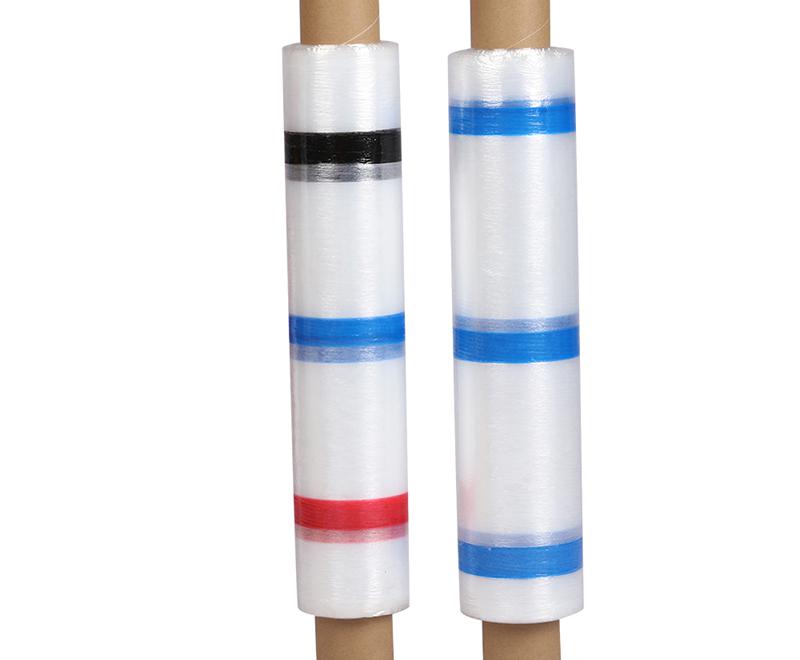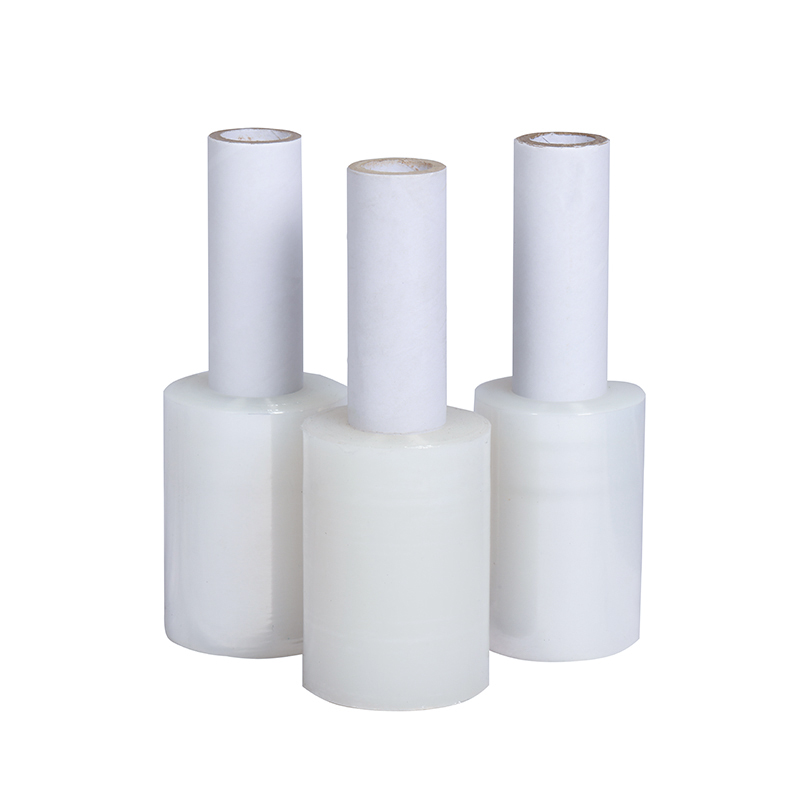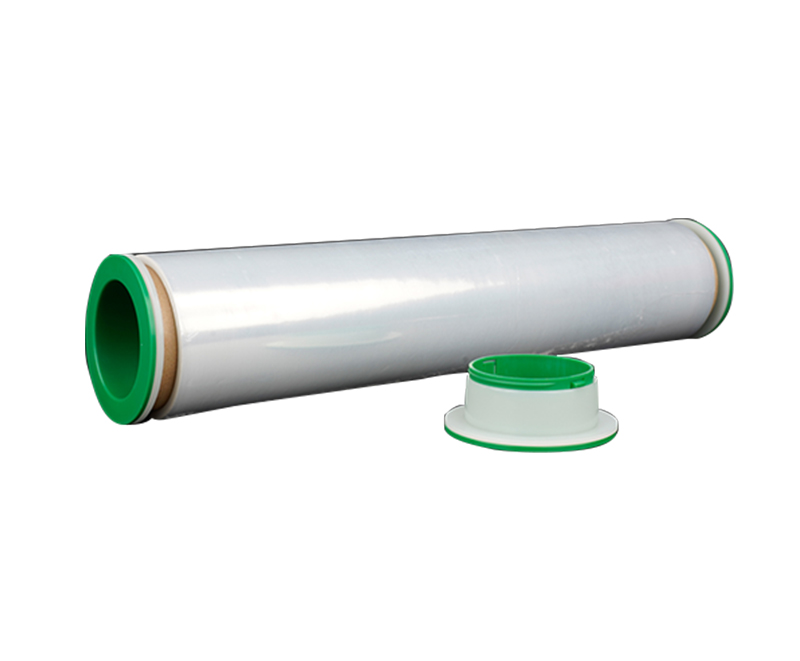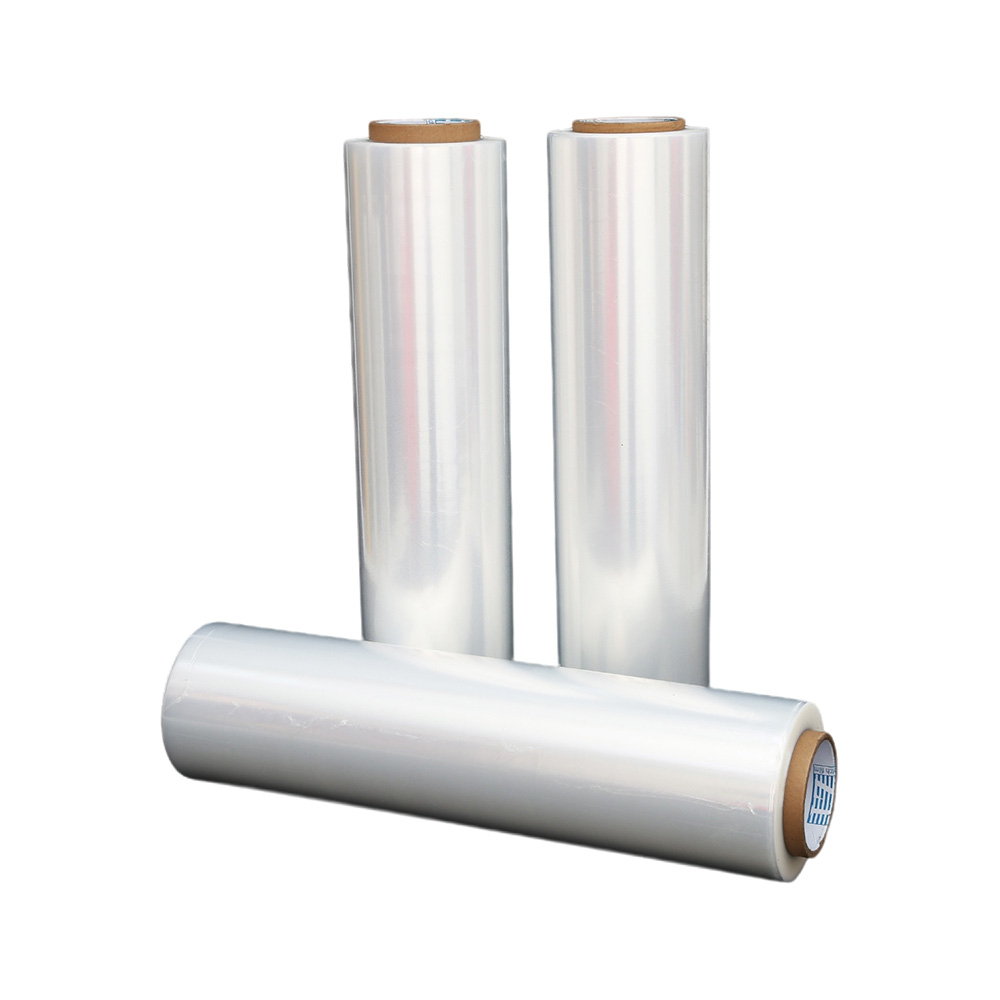Understanding Stretch Film Gauge: A Comprehensive Guide
Source:Understanding Stretch Film Gauge: A Comprehensive GuideTime:2024-07-24Visitors:
Introduction
Stretch film is an essential material in the packaging and logistics industry, providing effective load containment and protection during transportation. Understanding stretch film gauge is crucial for selecting the right film for your specific needs. With 19 years of experience in the industry, Zhiteng specializes in producing high-quality stretch films, including Jumbo rolls, pre-stretch films, and mini stretch films. This article will explore the concept of stretch film gauge, its applications, and how to choose the right one for your needs.
Understanding Stretch Film Gauge
What is Stretch Film Gauge?
Stretch film gauge refers to the thickness of the film, typically measured in mils (thousandths of an inch) or microns (one-millionth of a meter). The gauge of stretch film directly impacts its performance characteristics, such as durability, puncture resistance, and holding force. A higher gauge indicates a thicker film, which can provide greater strength and protection.The Relationship Between Gauge and Film Thickness
· Higher Gauge = Thicker Film: Thicker films generally offer better protection and can handle heavier loads.· Lower Gauge = Thinner Film: Thinner films may be more cost-effective and suitable for lighter applications.
Understanding this relationship is essential for selecting the right film for your specific packaging needs.
Common Stretch Film Gauges and Their Applications
Below is a comprehensive stretch film gauge chart that outlines popular gauges, their thickness, and suitable applications:| Gauge (Mils) | Thickness (Microns) | Ideal Load Weight Range | Suitable Applications |
| 37 | 0.037 | Up to 1,500 lbs | Light-duty loads, bundling |
| 47 | 0.047 | Up to 2,000 lbs | Medium-duty loads, general wrapping |
| 60 | 0.060 | Up to 2,500 lbs | Heavy-duty loads, pallet wrapping |
| 63 | 0.063 | Up to 3,000 lbs | Heavy-duty loads, sharp edges |
| 70 | 0.070 | Up to 3,500 lbs | Industrial applications |
| 80 | 0.080 | Up to 4,000 lbs | Versatile use, industry standard |
| 90 | 0.090 | Up to 5,000 lbs | Heavy-duty applications |
| 100 | 0.100 | Up to 6,000 lbs | Extra heavy loads, extreme conditions |
| 115 | 0.115 | Up to 7,000 lbs | Specialized applications |
| 150 | 0.150 | Up to 8,000 lbs | Maximum protection, extreme loads |
The Versatility of 80-Gauge Stretch Film
The 80-gauge stretch film is often considered the industry standard due to its balance of strength and flexibility. It is suitable for a wide range of applications, making it a popular choice among manufacturers and distributors.Choosing the Right Stretch Film Gauge
Selecting the appropriate stretch film gauge involves considering several factors:Factors to Consider
· Load Weight and Dimensions: Heavier loads require thicker films for adequate support.· Load Stability and Shape: Irregularly shaped loads may need stronger films to prevent shifting during transport.
· Presence of Sharp Edges or Corners: Thicker films can better withstand punctures from sharp edges.
· Manual vs. Machine Wrapping: Machine-wrapped loads may require different gauges than those wrapped by hand.
The Concept of Downgauging
Downgauging refers to the practice of using thinner, high-performance films to save costs while maintaining quality. This approach can lead to significant cost savings without compromising the integrity of the load.Stretch Film Gauge FAQs
What is the Difference Between True-Gauge and Pre-Stretch Film?
· True-Gauge Film: This refers to the actual thickness of the film as measured.· Pre-Stretch Film: This is a film that has been stretched during manufacturing, allowing for thinner films to provide similar strength to thicker films.
How Can I Determine the Optimal Stretch Film Gauge for My Application?
Consider the load weight, dimensions, and any specific requirements such as sharp edges or irregular shapes. Consulting with a stretch film expert can also help you make an informed decision.Can I Use a Higher Gauge Film Than Necessary?
While it is possible, using a thicker film than required can lead to unnecessary costs. It's best to choose a gauge that meets your specific needs without excessive thickness.How Do I Convert Between Mils, Microns, and Other Gauge Units?
To convert mils to microns, multiply by 25.4 (1 mil = 25.4 microns). For example, 80 mils equals 2,032 microns.Conclusion
Understanding stretch film gauge is vital for effective pallet wrapping and load containment. By selecting the right gauge, you can ensure the safety and stability of your products during transportation. With nearly two decades of expertise, Zhiteng is here to provide high-quality stretch film products tailored to your needs. Contact us today for more information or to request a quote, and let us help you optimize your packaging solutions!Recommended Products
Ranked in the same article
- how to use the stretch film technology to r
- How can we get detailed price list?
- Five common quality problems of PE protecti
- Plastic film degradation
- How to guarantee punctual shipment for our
- Gauge to Micron and Millimetre Conversion G
- What is the difference between stretch film
- Testing the permeability of stretch film
- Stretch film temperature requirements
- Electrical wire film VS electrostatic film
- Why insufficient transparency of stretch w
Latest news articles
- PE vs PVC Stretch Film: A Comprehensive Gui
- Factors That Affect the Stretching Function
- The Influence of Stretch Film Thickness on
- What is Stretch Film Used For?
- Stretch Film Wrap: Exploring Its Advantages
- Exploring the Versatility of PE Stretch Fil
- What Is the Difference Between Shrink Wrap
- The use of pe stretch film
- PE stretch film how to cut?
- Testing the permeability of stretch film
- What Is Red Stretch Film and What Are Its B



